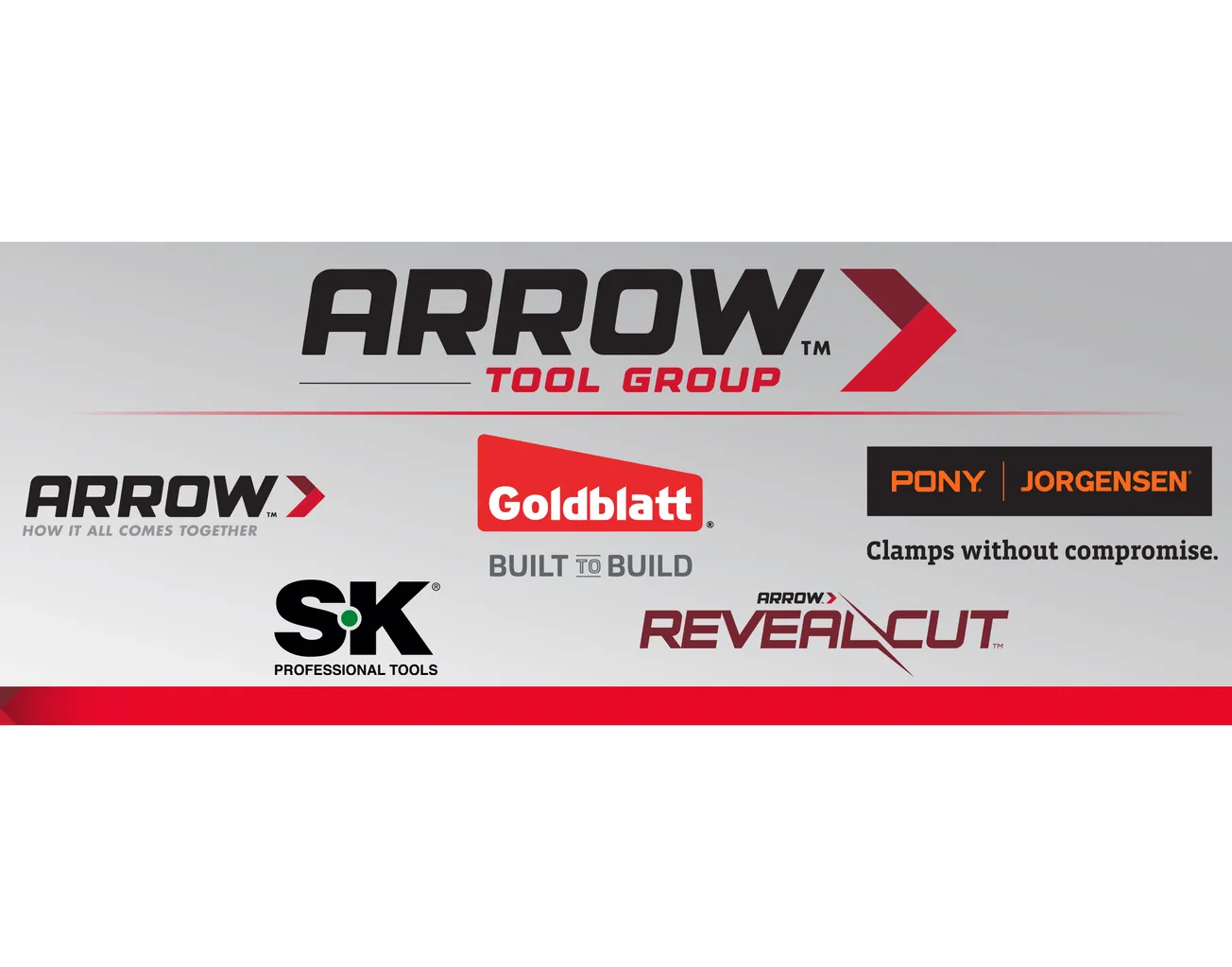Table of Contents
When we start out in any industry, we have to learn our product. Our employer will give us some orientation and may send us to outside seminars to give us the basic knowledge we need to do this. We also have to learn how to sell.
While not mutually exclusive in many cases the ability to sell will trump product knowledge. Give me 10 people who are charming and understand their fellow man over 10 product knowledge specialists who cannot communicate any day if we want sales results. This is why many industries use the concept of team-selling; the salesperson brings a product expert with them on the call. Some of us do not have (or do not want) that luxury.
The most valuable education we will receive is from our customers, our savvy co-workers, and suppliers. Many sellers have “just enough” knowledge of the product to sell it. Master Sellers have sales skills, product knowledge, and understand their customers’ business needs.
Curiosity Is Key
Most sellers’ idea of curiosity does not go beyond “What do you need?,” “What do you want to pay?,” and “What else are you buying?” Master Sellers find out “What are you using that for?,” “What is your desired outcome?,” “Are there any options?,” “How do you turn your inventory?,” and “What are the costs involved with all of the aforementioned questions and their answers?”
Inventory Turn: Full Disclosure
Many sellers have only a vague idea how much their customers buy per month and/or what they will need to buy next. Using the seven questions of Full Disclosure Selling (detailed in Selling Lumber), Master Sellers have an exact understanding of the customers usage:
- Where are you in your buy cycle?
- How much do you have on the ground?
- How much on order?
- Of those, how much is already sold but not shipped?
- Average monthly usage?
- Average cost?
- How low do you let your inventory go before you buy back?
In addition, Master Sellers know what their customers will have to pay for product in smaller lots out of distribution and vice-versa for distribution sellers.
Options
The majority of sellers are only looking for what their customers tell them they need. Master Sellers are always looking for options to help their customers be more profitable. For example:
2×4 14’ #3. Our customer is buying 2×4 #3 14’s because they are one of the less expensive lengths. They are cutting the 14’s into 10’s and 4’s for their inside production needs. If we can find a mill or reman that comes up with 4’s as a fall-down of a product they’re cutting, we can buy these at discount. 10’s in general will be at a discount to 14’s. Stopover fees, LTL rates, or having to buy a truck of each instead of one truck of straight 14’s will offset the cost of buying the higher-cost product.
Production Costs. Our customer may have a four-person production team that is cutting a product. If we can find a producer who will cut it, we eliminate the need for those employees, the equipment they use, maintenance costs, space needed for the equipment—and save them hundreds of thousands of dollars before we even begin to talk about the price of the product.
Crossover Products and Species. We may have a customer who has been buying a product in SPF for years that has a SYP counterpart that works just as well, but for much less $/MBF. This can be true of products also. Maybe they are buying a 3/4” plywood item that can be substituted with a 5/8” product or the same thickness in OSB.
Grades and Yields. If our customer is buying a Utility at $350/MBF, cutting it up, and getting a 90% yield, they are paying $385/MBF for every usable piece. We could sell them an Economy grade that delivers a 70% yield. They would end up paying $357/MBF per usable piece for a savings of $28/MBF! This math also works up-selling the grade.
These are examples Master Sellers use to become business partners with customers vs. just trying to get an order.









